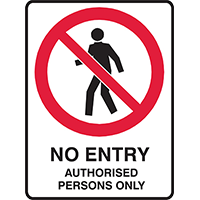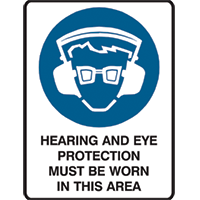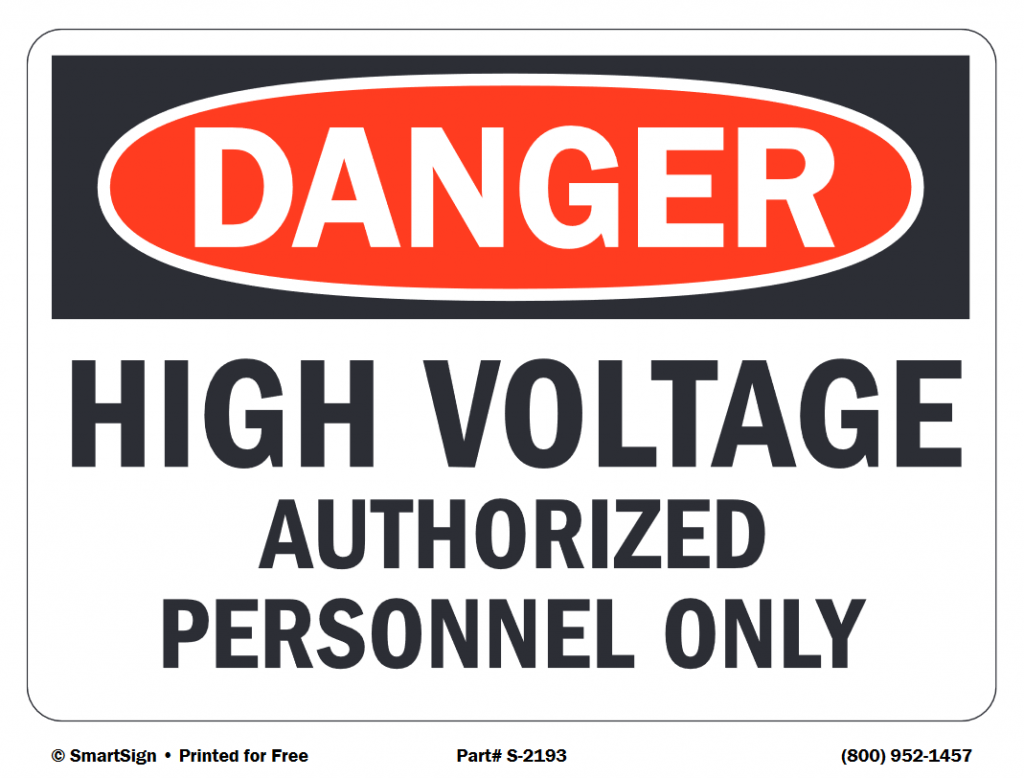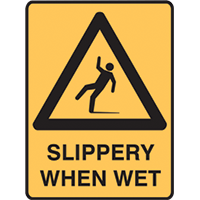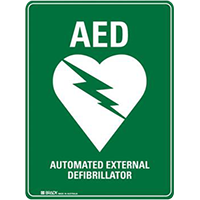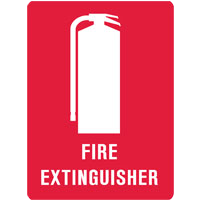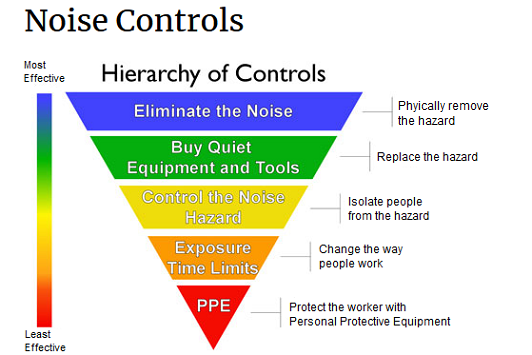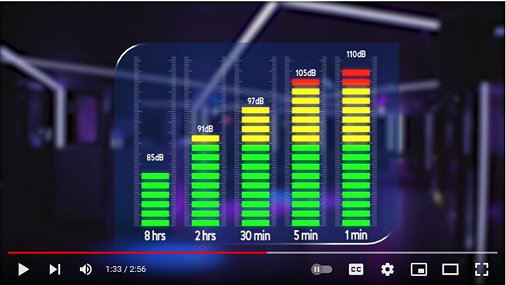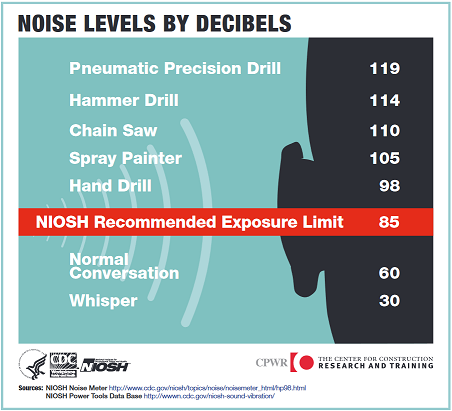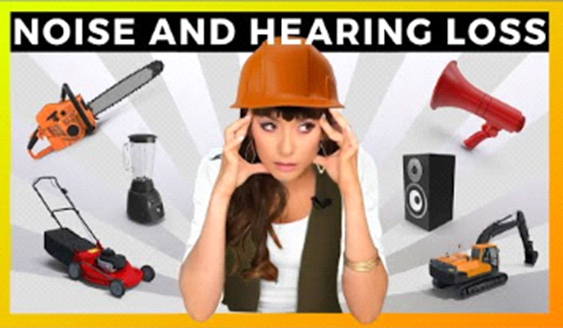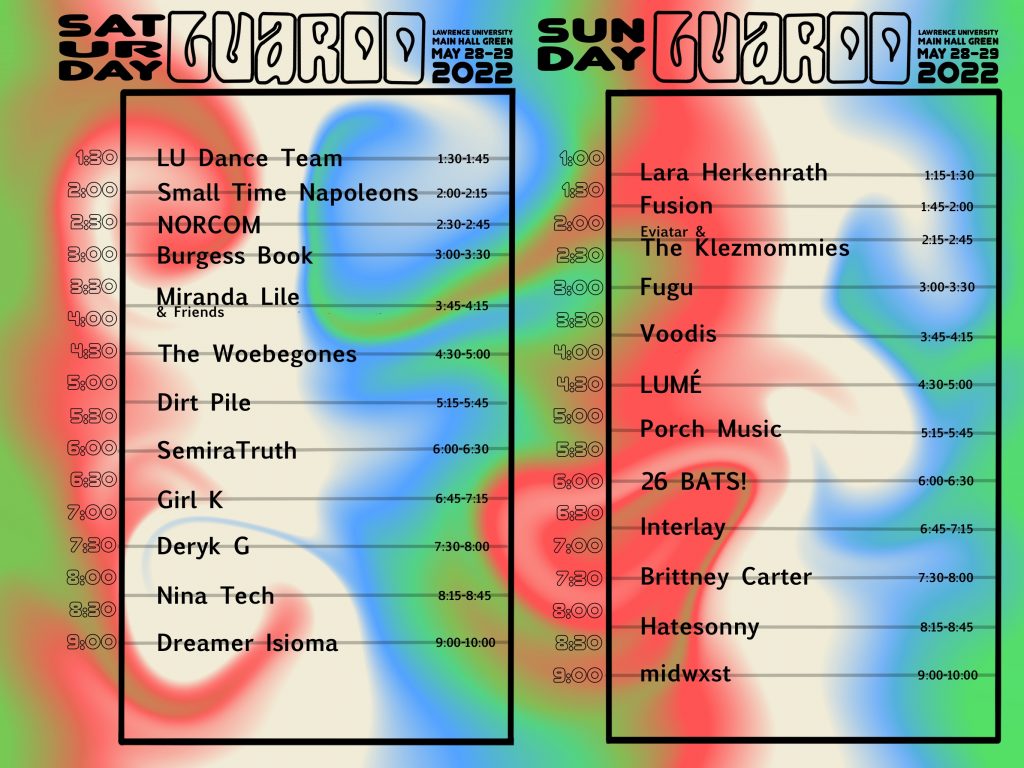Important announcements as construction and projects are underway!
Reminder: Power will be out for Colman and Brokaw Halls June 13th & 14th as work continues on the Drew Street Bridge
We appreciate your flexibility and cooperation as construction begins full swing next week! Lots of exciting (and not so exciting behind the scenes) changes to come! Please be aware of your surroundings at all times as your safety is priority! There will be construction happening at some point in and around most of the buildings. Watch for updates weekly:
Kohler Hall – The cranes will be moving in Monday to begin work on the new windows
Music Drama – basement demo begins Tuesday for new flooring, along with preparation for a new HVAC system
Res Life renovations kick off on Tuesday
*Please note, the Chapman and Music Drama parking lots will be closed for construction equipment
Should you come across any issues due to the current projects taking place around campus, please contact Katherine with Facility Services: katherine.lehman@lawrence.edu or extension 6893


